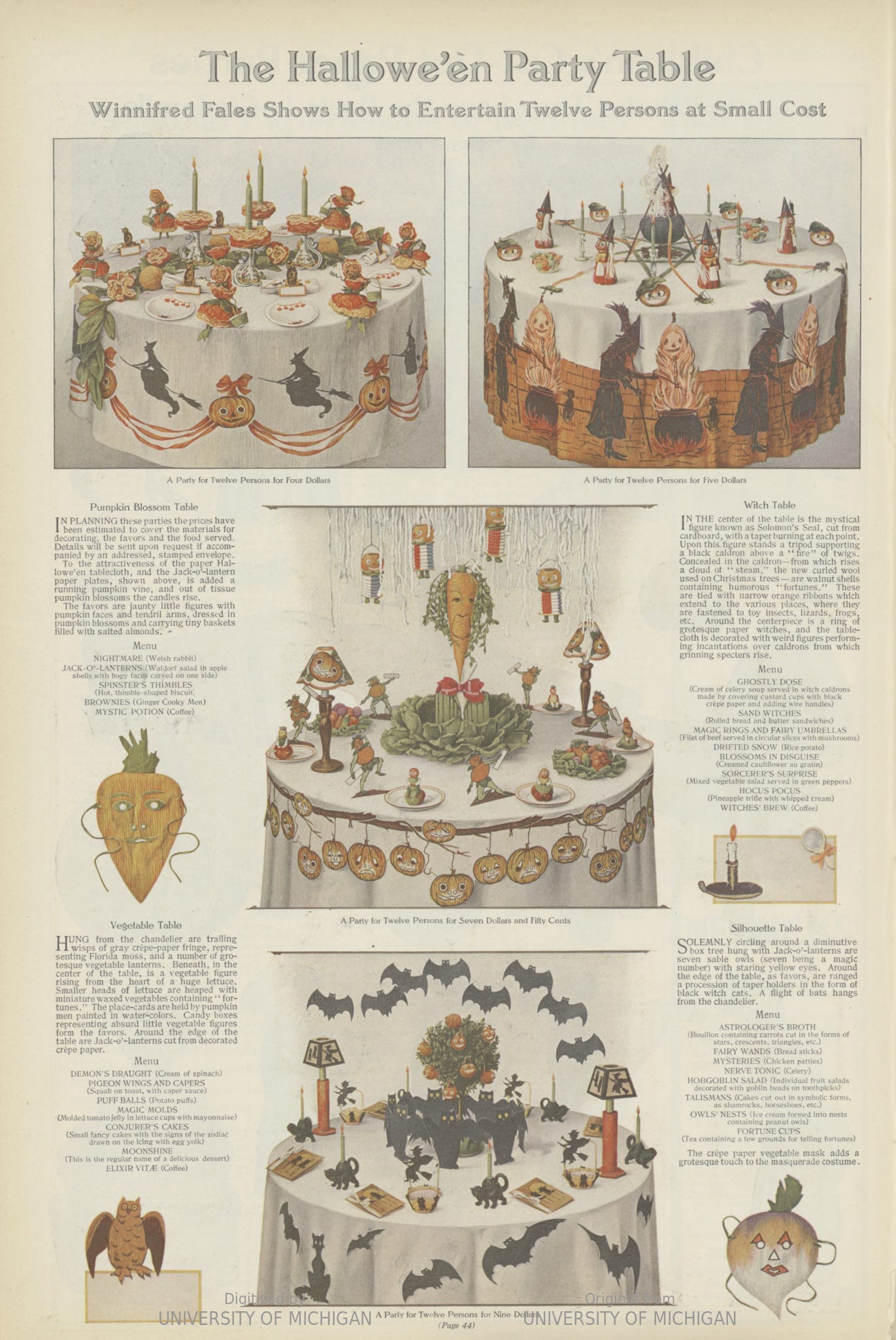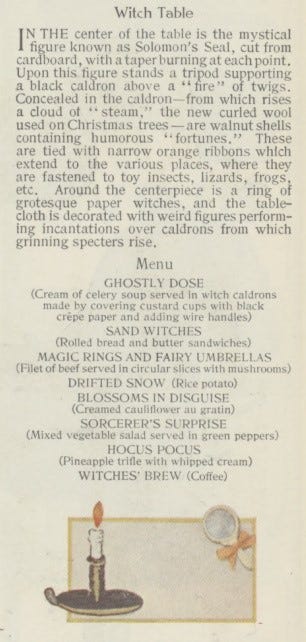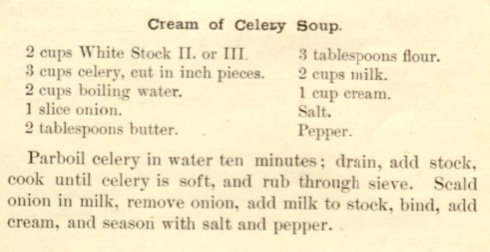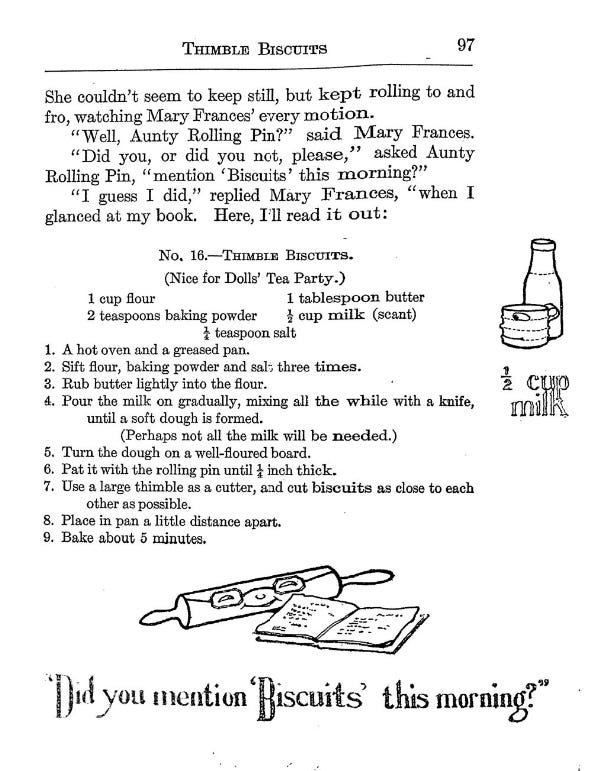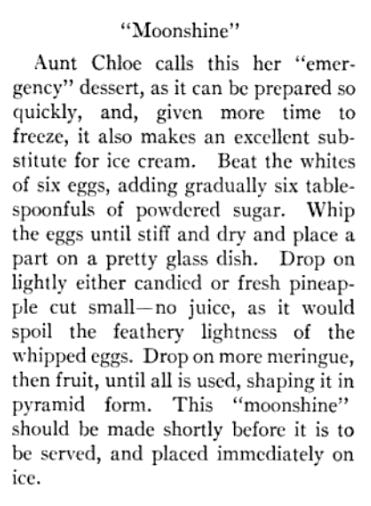Popping in to say Happy Halloween and to share this delightfully enchanted little food history find that I stumbled upon last week in the October 1912 issue of Ladies’ Home Journal. I’ve been trying to return to a more consistent publication schedule and fully intended to leave you stewing over Spooky Food Histories until next week, but I just couldn’t wait!
First impressions after finding this little treasure in the digital archive: Halloween really hit differently a hundred years ago. And oh to have been a friend of Winnifred Fales, noted interior designer and celebrated author of the 1910s and 1920s who penned this Halloween feature for the magazine.
The spooky vegetable masks, a cauldron filled with wool smoke and fortune telling walnut shells, squash blossom dolls with salted almond baskets! Nary a chocolate bar in sight!
My favorite aspect of the feature are the menus, customized for each table theme, and the liberties Winnifred took in naming each dish. The Witch Table features “Ghostly Dose” (cream of celery soup) and “Witches’ Brew” (coffee). The feature didn’t include recipes, so I dug into the archives and found a few from the same era.
The ingredients for “Hocus Pocus” feel a little out of season, but nothing a good can opener couldn’t fix!
The Pumpkin Blossom Table menu also features coffee (this time called “Mystic Potion”) as well as “Spinster’s Thimbles” (thimble biscuits).
A recipe to introduce little girls to baking, thimble-biscuits were likely a well-known baked good of the era and were referenced in children’s cookbook, The Mary Frances cook book: or, Adventures among the kitchen people (also published in 1912). This is where Winnifred says the scary part quietly: little girls who don’t grow up and get married will be forever doomed to make tiny biscuits into spinsterhood!
The plainly named Vegetable Table with its “grotesque vegetable lanterns” and “absurd little vegetable figures” resembles more of a traditional pagan Halloween celebration more than any other decor. Combine this with the Progressive Era’s collective nostalgia and obsession with the rural mythology and the romanticization of the early American agricultural lifestyle, a veggie-filled table is positively terrifying!
I’ll leave you with one final recipe for “Moonshine,” the one recipe Winnifred didn’t change because it already existed as a dessert!
Curiously, it also called for pineapple, but we’ll sort out that mystery another time.
Thank you for reading PENKNIFE 🍓, a reader-supported publication! I’m so glad you’re here! If you enjoy my writing, I’d be so grateful if you’d share PENKNIFE with your friends, family, and fellow food history fans. I also invite you to upgrade to a paid subscription, which allows me to keep creating content here and elsewhere. Thank you!





